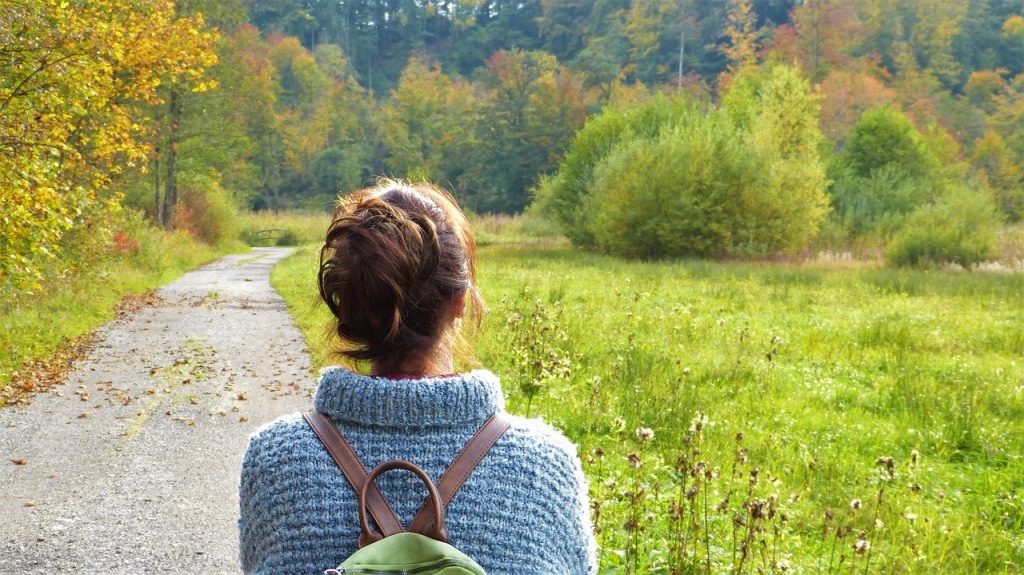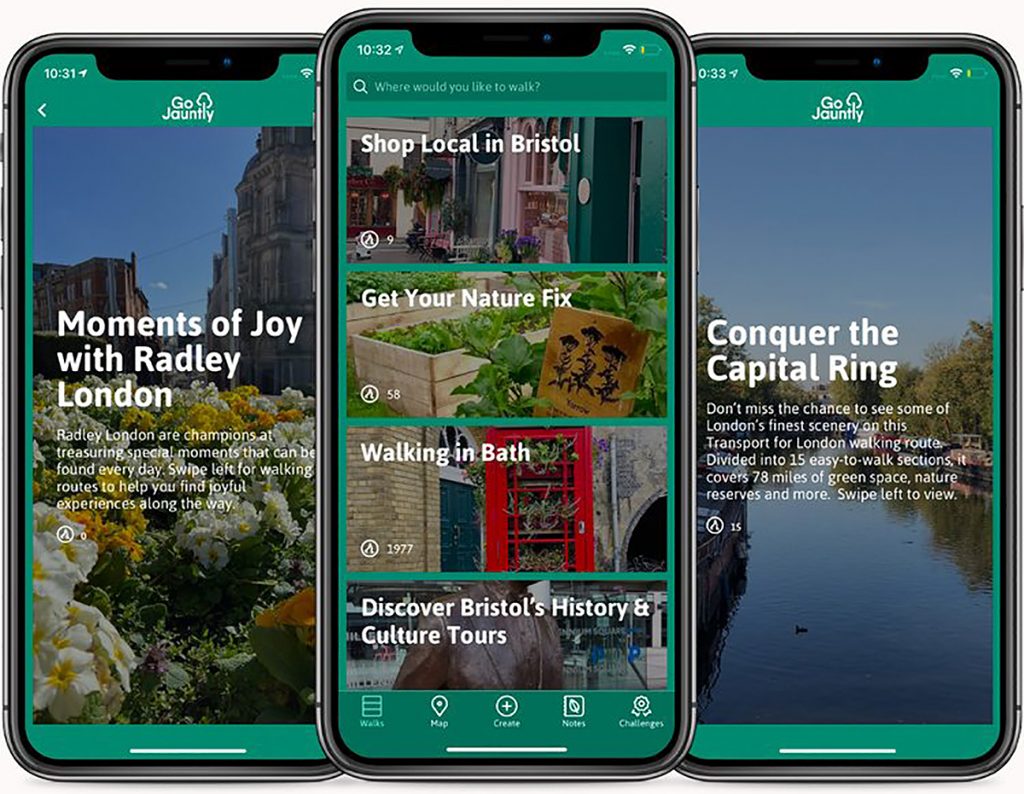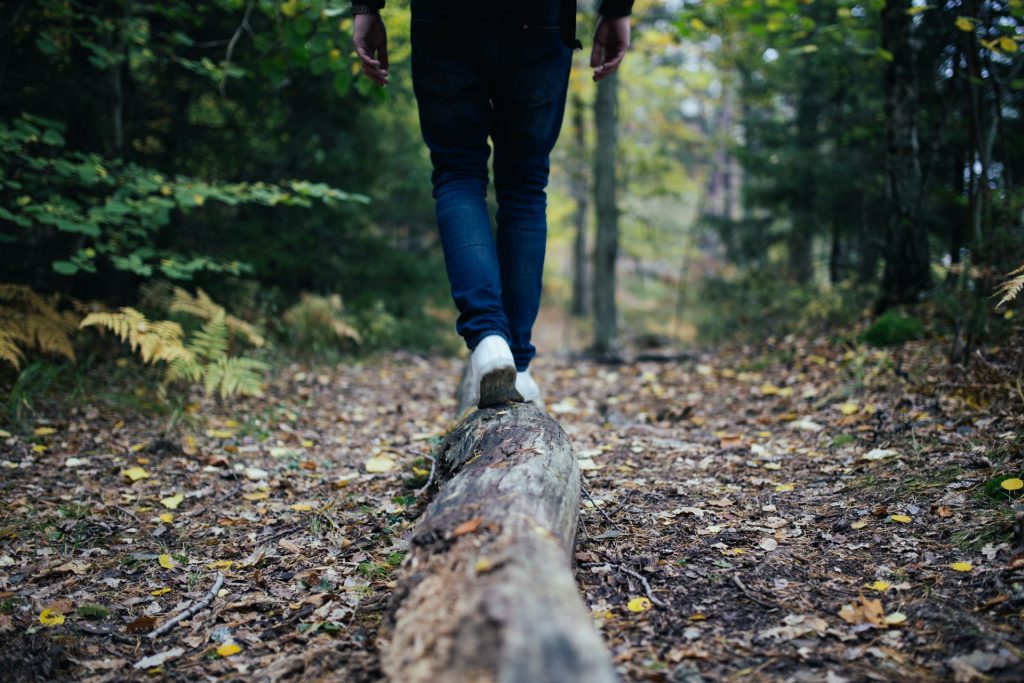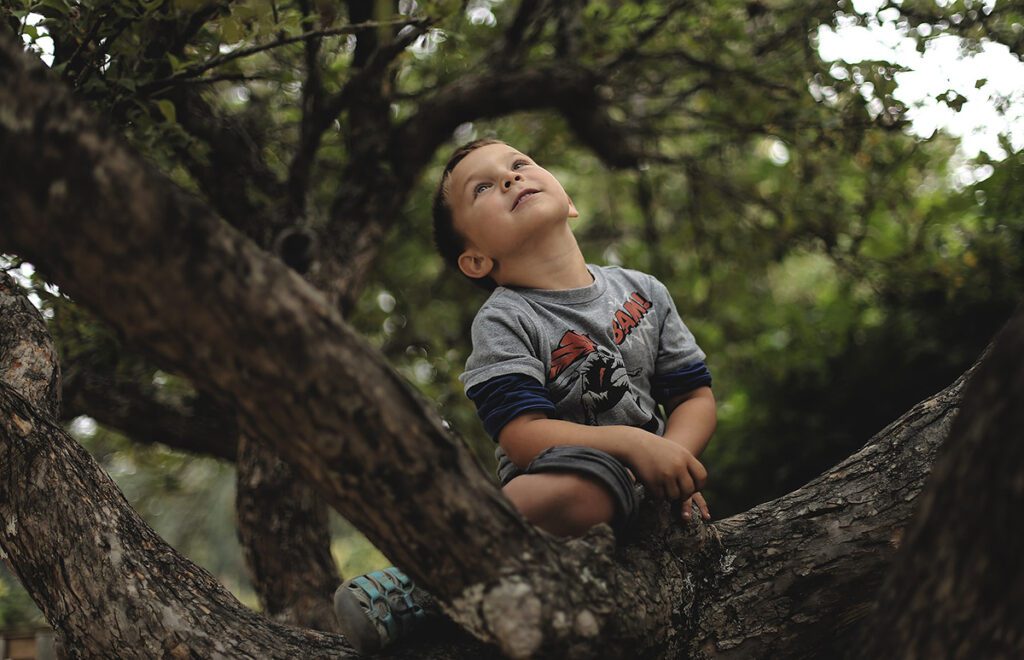
No wonder many doctors prescribe a few hours in nature. This connection, which we end up losing in urban life, brings incalculable benefits to our physical and mental health. There are dozens of studies that prove that being in green areas full of life helps control anxiety and improve the immune system, Cardiovascular health It helps in the full development of children and adolescents.
In Japan there is the shinrin-yoku tradition, which translates as “forest bath”: immersion in nature, connecting our senses with the natural world. But do all types of forests and landscapes have the same impact on human health? This is what British researchers want to find out.

through the app go quietlyVolunteers strolling through different UK landscapes are invited to record their feelings before and after this close contact with the trees and local biodiversity.
The goal is to reveal how different types of landscape affect the well-being and mental health of those who hike, or who usually have a good ‘forest bath’. The results will be used to design several green areas that the British government plans to roll out across the country.

The surveys are part of a program investing £14.5 million between 2020 and 2025 in broad, interdisciplinary research involving several universities to ensure public benefits from forest landscape implementation.
Miles Richardson, a professor at the University of Derby and part of the study group on the effects of Connection With Nature, he says he hopes the data collected will indicate how the trees’ age, size and shape benefit our well-being.
At the moment, it is already known that the more biologically diverse the forest, the more mental and physical benefits it brings to the people who spend time inside it. Richardson believes that welfare would be more intense in ancient forests, rich in wildlife, than in areas planted with less or one species.

Other results showed Greater relaxation in densely wooded areas Between 30% and 50% of forests are denser, with trees close together.
Richardson explains that other data, such as bird sounds and other interactions with other species of animals and plants, will also go into the research.
The goal is to ensure a diverse landscape so that people of all natures and origins can discover the benefits of nature in their own way. “We need to find ways for everyone to have a closer relationship with nature, because it is good for well-being and is good for a sustainable future,” he explains.

“This process will be different for different communities. The thrill is figuring out what these solutions are and getting people involved in the design, development and construction of these landscapes,” Richardson.
weather resistant forests
In addition to identifying the types of forests that are most suitable for people, it is important to create green areas that survive climate change and help mitigate its effects. For this, it is necessary to look for tree species that are better adapted to heat waves, dry weather or heavy rainfall, for example. “When we think about the forests of the future, it is imperative that we have space to picnic among the trees near where people live,” the researcher explains.

